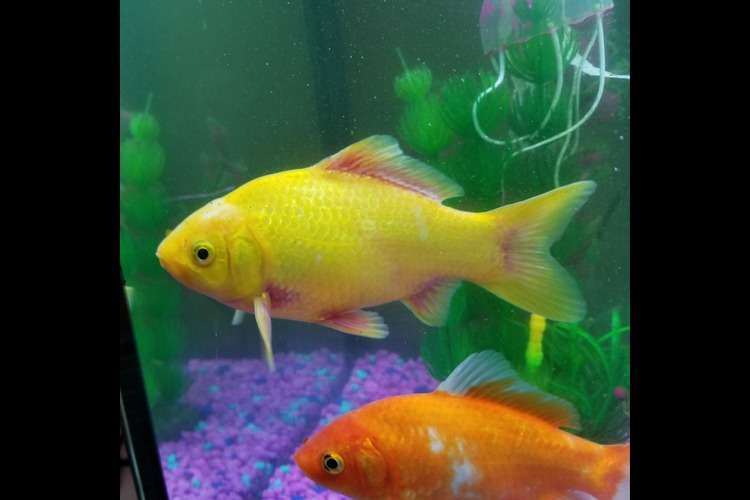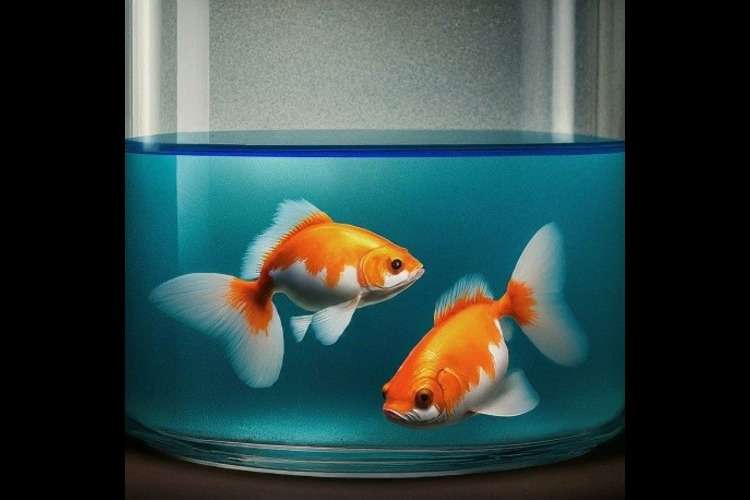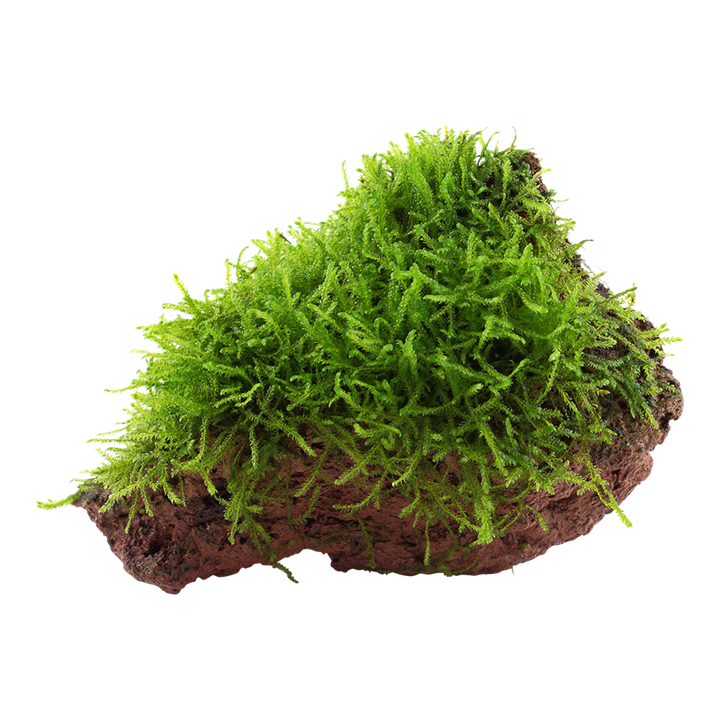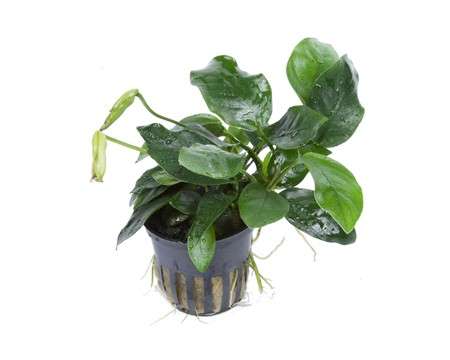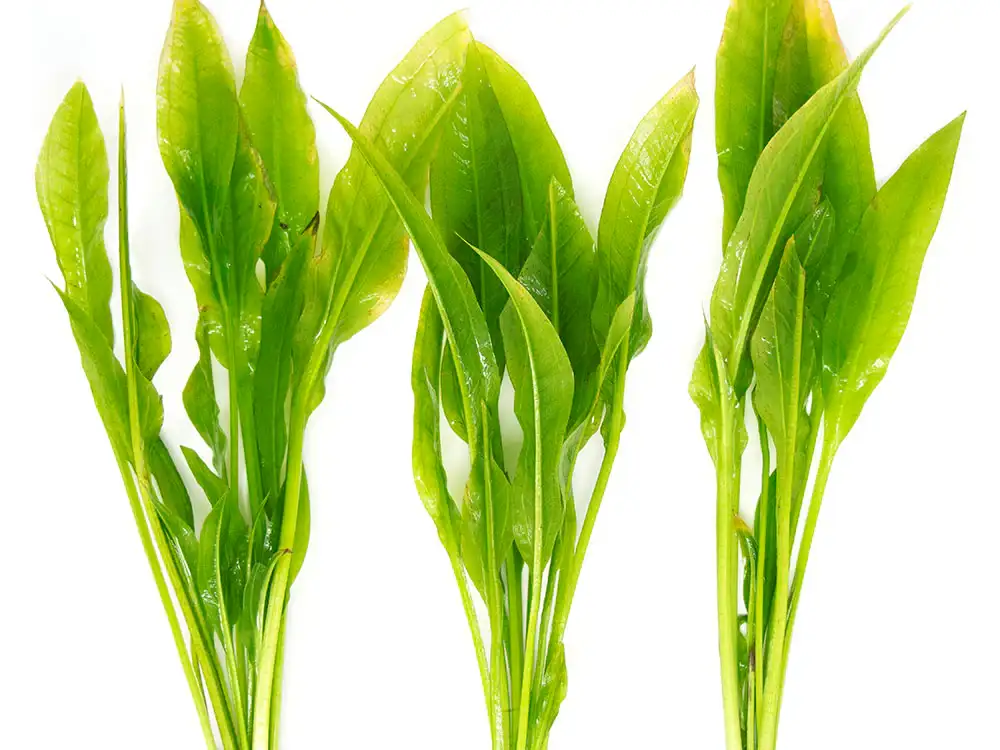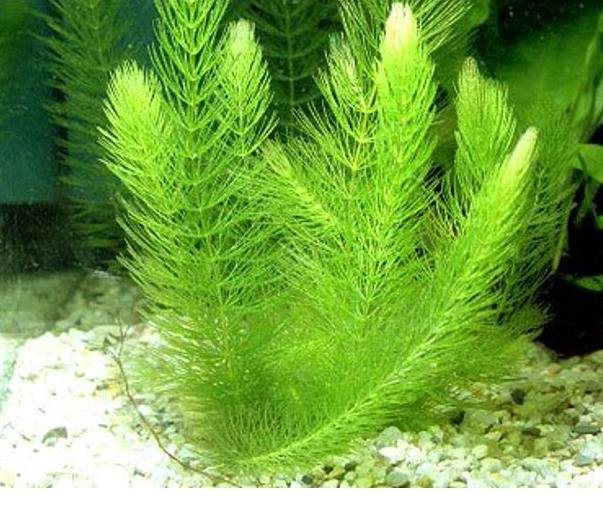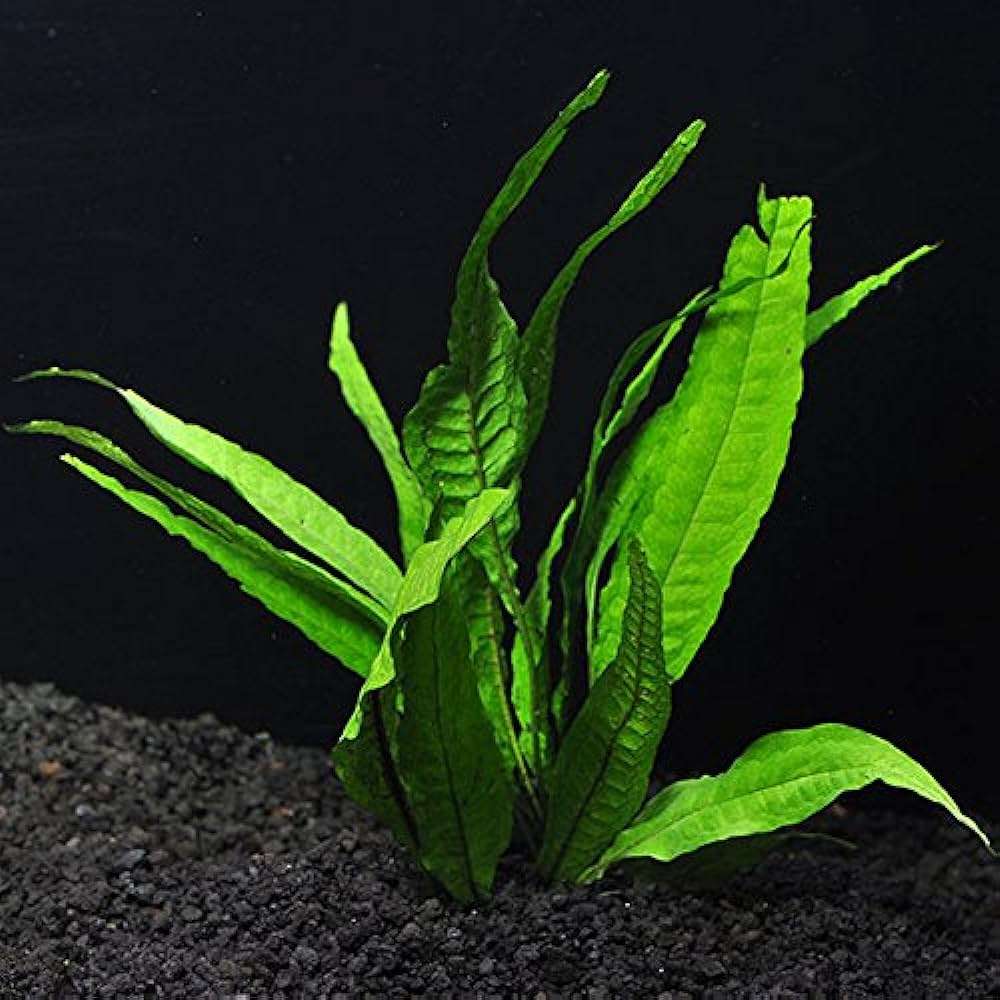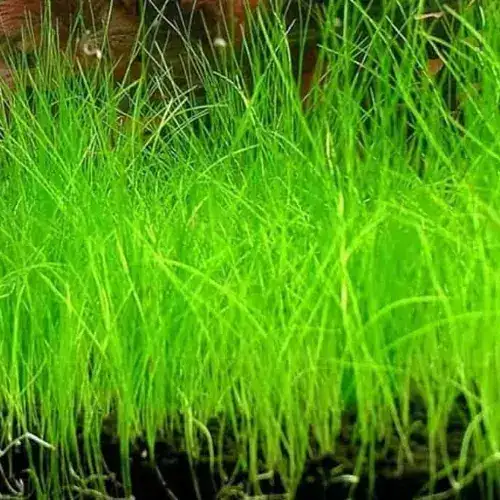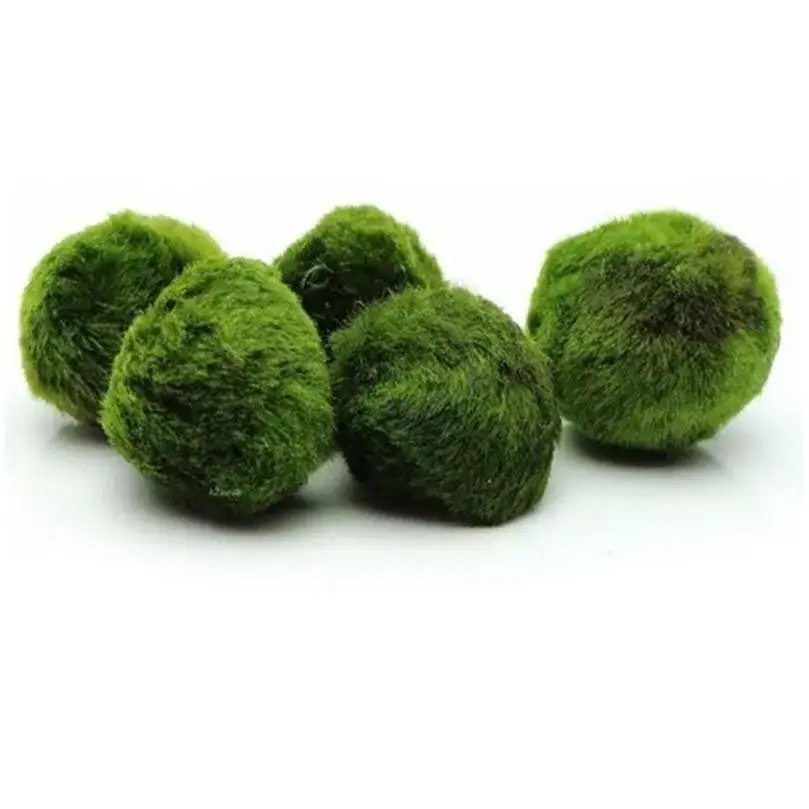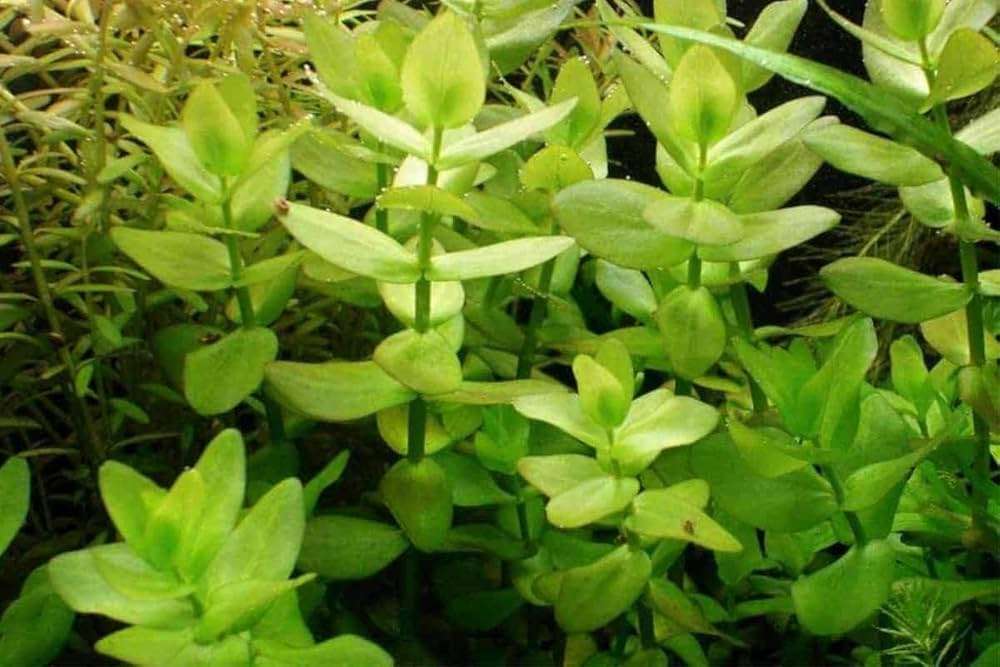Essential Fish Tank Maintenance Tips: Keep Your Tank Thriving
Discover the essential maintenance tips for your fish tank. Learn about water changes, filtration, and algae control to ensure a healthy and balanced aquarium.
Table of Contents
- Creating the Correct Environment: More Than the Tank Configuration
- Water Chemistry: It's More Than pH and Temperature
- Biological Filtration: Let Nature Do the Work
- The Role of Aquatic Plants: So Much More than Showpieces
- The Art of Feeding: Moderation Over Abundance
- Tank Cleanliness: The Need for Soft Cleaning Materials
- Fish Behavior: Can You Spot Stress?
- Long-term Strategy: Seasonal Adjustments
- Faq
- Conclusion
Keeping fish is about much more than merely keeping an aquarium—you are cultivating a small, self-sustaining environment. Most aquarium hobbyists are concerned with the aesthetic appeal of an aquarium. They select the fish and the decorations that appear harmonious, but they normally forget concerning the really important matters: maintaining the health of the tank. Good upkeep isn't merely about cleaning but about understanding the subtleties of your tank and this precarious balance of life in it. Here is a primer for you on what exactly to know to ensure extraordinary fish tank care.
Creating the Correct Environment: More Than the Tank Configuration
The key to good fishkeeping isn't merely in buying the tank and putting water into it. It is setting up the stage for a thriving ecosystem. Many people miss out on this initial step in establishing the proper biological environment.
The Micro-ecosystem in Your Tank
Your tank isn't just a static decorative item; it's an ecosystem. Living organisms of a different kind, like plants, microorganisms, and bacteria, coexist to keep the water in balance. So with setting up your tank, you're not just going for the nice visual of the fish and plants. You're looking at a healthy substrate feeding good bacteria; these bacteria are absolutely necessary for breaking down organic waste and maintaining stable nitrogen cycles.
Tip: Allow the tank to cycle for at least seven days prior to stocking fish. This will allow beneficial bacteria to grow in the substrate. Cycling enables one to prevent toxin spikes such as ammonia from becoming dangerous.
Water Chemistry: It's More Than pH and Temperature
Most fishkeepers are aware that measuring pH and temperature is a must, but there is actually much to water chemistry than pH and temperature. Almost everyone overlooks the role of minerals and trace elements in maintaining fish health.
Hardness (GH & KH)
General hardness (GH) and carbonate hardness (KH) are misused but as important as pH. GH is a measure of dissolved minerals such as calcium and magnesium, which fish actually need for bones and overall health. KH works to buffer pH levels, preventing extreme shifts that can shock your fish.
What to Measure?
TDS or Total Dissolved Solids: TDS monitoring ensures that no heavy metals build up in your water.
Ammonia, Nitrites, and Nitrates: These are byproducts of fish waste and decaying food that have to be closely watched because increased levels build up with dangerous spikes that start hitting the fish.
Biological Filtration: Let Nature Do the Work
Mechanical filtration removes visible debris from your water, but it is biological filtration that really keeps the environment of your tank healthy. The colonies of beneficial bacteria in your filter and substrate transform toxic ammonia into less harmful substances, eventually converting it into nitrates plants can use.
How to Enhance Biological Filtration?
Apply multiple filter media types: Consider a combination of mechanical, biological, and chemical filter media. Sponges and rings of ceramic provide a surface for bacterial colonization.
Resist cleaning filter media too much: While the urge to clean your filters is always great, don't do it too much. Over-cleaning may disturb the balance of beneficial bacteria colonies in your filter. Clean filter media only during water changes in the tank's water and never in tap water.
The Role of Aquatic Plants: So Much More than Showpieces
Aquatic plants aren't ornaments in your aquarium. They play a vital role in the aquatic environment. Plants scavenge for nitrates, which stops algae blooms and gives oxygen to fish as they breathe all day long.
Best Practices for Plant Care
Light levels: Place your plants in a way to achieve the proper intensity of light. Too much causes excessive algae growth, and too little causes them to grow bent or stunted. LED lights with variable intensity are popular.
Nutrient supply: Plants require more than just adequate light. Think about liquid fertilizers, as well as root tabs, to give essential iron, potassium, and magnesium during a high-tech planted tank.
The Art of Feeding: Moderation Over Abundance
Many aquarium owners overfeed their fish as well because they assume that more food equals healthy fish. Overfeeding has resulted in water contamination because excess food creates additional waste through rotting, decomposing into the water.
Feeding Habits of Healthy Fish
Variety: Like humans, fish too need a varied diet for balanced nutrition. Provide a combination of flakes, pellets, live or frozen foods and plants if your fish are herbivorous.
Quantity over Quality: Feed in small quantities two to three times a day so that the fish completely eats it up within 2-3 minutes. Ideally, one should not feed a fish once a day as it might stress some fish.
Tank Cleanliness: The Need for Soft Cleaning Materials
Scrubbing your tank walls and vacuuming the gravel are important, but so are the materials you use. Scratching glass and hurting delicate plants or ornaments can be caused by hard, abrasive materials.
Soft Cleaning Materials - Magnetic glass cleaners: These make cleaning the sides of your tank easier without scratching glass.
Blind cloths for decorations: Use the microfiber cloths to wipe out decorations, avoiding abrasive materials that may damage them.
Fish Behavior: Can You Spot Stress?
Fish do not swim in their environment; they also react to slight changes. Stress in fish causes disease, immunity, and even advance death. Spots in signs of stress really make a huge difference.
Ways of Identifying Signs of Stress:
Sympathetic colors: Stressed fish may lose their bright colors.
Irregular swimming: Fish swimming erratically or hovering on the surface could be an indication of stress or bad water.
Loss of appetite: If your fish turn down food, something is very amiss with the water or their surroundings.
Long-term Strategy: Seasonal Adjustments
As seasons outside are ever-changing, so are the needs of your aquarium. For instance, wherever you are experiencing temperature fluctuations during warmer months, the water oxygen level would be affected. In winter, you are most likely to lower the heater settings to achieve the ideal temperature.
Prepare for Seasonal Changes
Summer: Use fans or cooling devices to maintain optimum water temperature.
Winter: Equipping with a reliable heater; one with a thermostat is preferred since temperature dips may stress the fish badly.
Faq
1. Why cycle the tank before adding fish?
To grow beneficial bacteria, establish a nitrogen cycle, and prevent toxic ammonia/nitrite spikes.
2. What to monitor in water chemistry?
pH, temperature, GH (minerals), KH (pH buffering), ammonia, nitrites, nitrates, and TDS.
3. How does biological filtration help?
Breaks down toxic ammonia into safer nitrates, supporting a healthy environment.
4. Benefits of aquatic plants?
Absorb nitrates, reduce algae, provide oxygen, and enhance aesthetics.
5. Ideal feeding routine?
Small amounts 2-3 times daily; avoid overfeeding to prevent water contamination.
6. How to clean the tank safely?
Use magnetic glass cleaners for walls and microfiber cloths for decorations.
7. Signs of fish stress?
Faded colors, erratic swimming, or loss of appetite.
8. Seasonal care tips?
- Summer: Use cooling devices.
- Winter: Use a heater with a thermostat.
9. How to enhance filtration?
Use multiple filter media and avoid over-cleaning filter materials.
10. Role of GH and KH?
GH supports fish health; KH stabilizes pH to prevent harmful fluctuations.
11. Preventing algae growth?
Control feeding, light levels, and use plants to absorb excess nitrates.
12. Long-term maintenance tips?
Perform water changes, monitor parameters, and adjust for seasonal needs.
Conclusion
Maintaining a fish tank is a matter beyond cleaning and feeding. It entails balancing the right environment to nurture your aquatic pets. A vital factor is the health of the ecosystem inside your tank. Understanding of water chemistry and care that is tailored to the needs of each species will ensure that an aquarium is not only breathtakingly beautiful but also guarantees long, healthy lives for fish. Consistent, informed care means that maintaining a fish tank is incredibly rewarding.



